
Yakut moose is now even more accessible To receive the 🏆 "Russian Super Cup" prize in the KGO, a Yakut moose trophy must be harvested. And in general, the trophy will be of interest to all collector
Post: 13 February 09:11

Post: 13 February 09:11

Post: 26 September 09:04

Post: 11 July 20:25

Post: 30 June 08:48
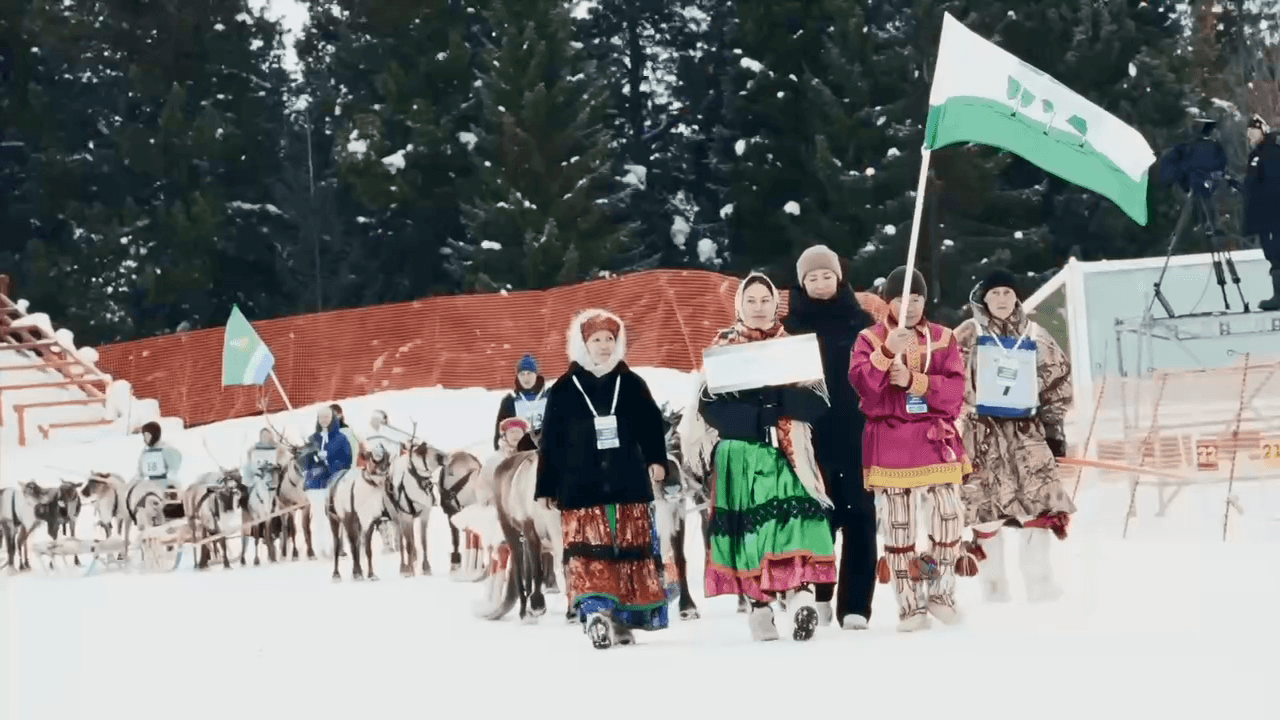
Post: 5 March 20:20

Post: 30 August 17:52
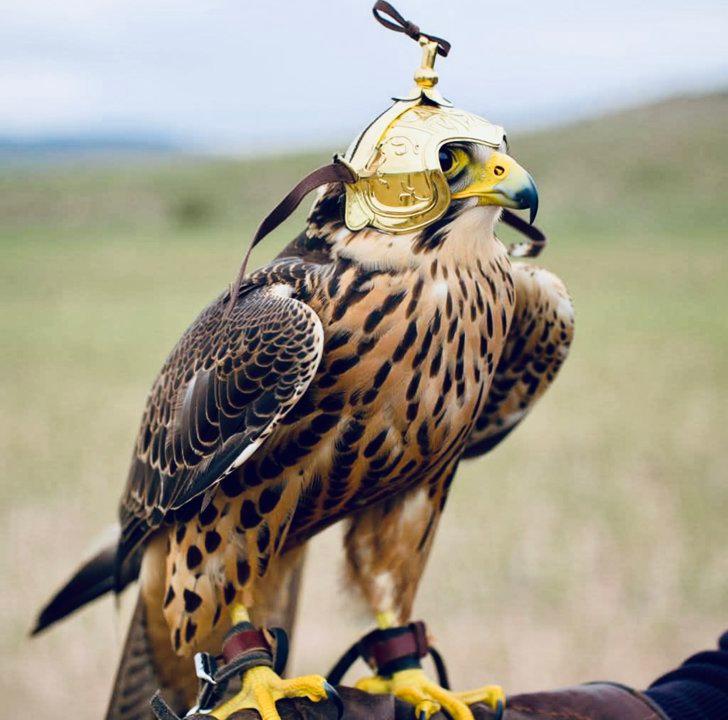
Post: 20 October 20:15
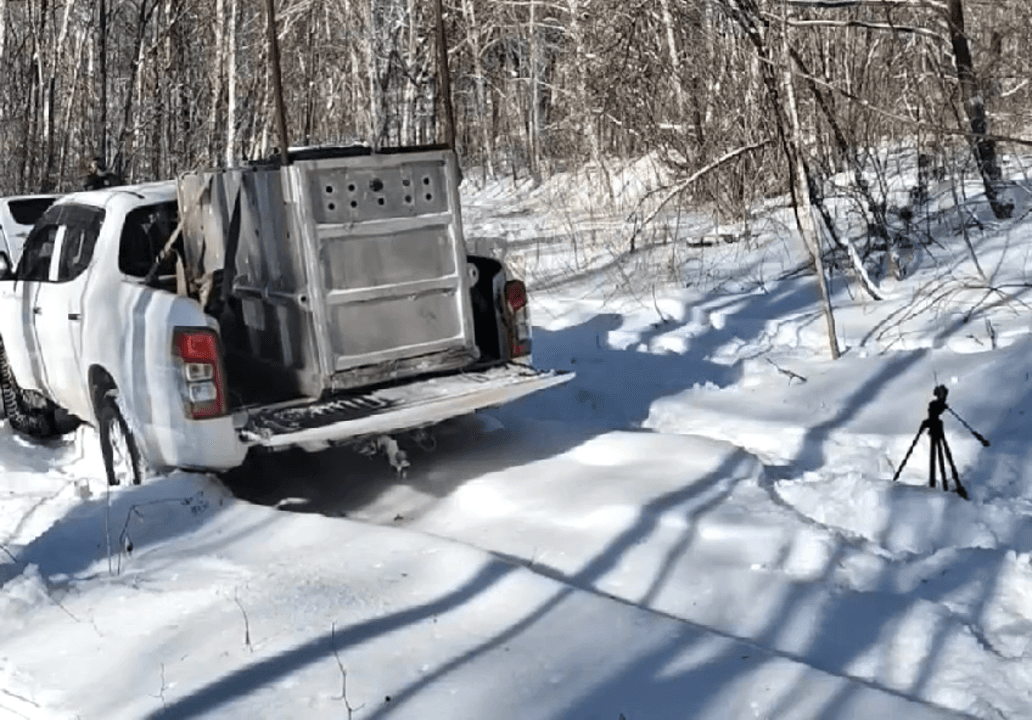
Post: 12 January 23:12

Post: 13 July 16:44
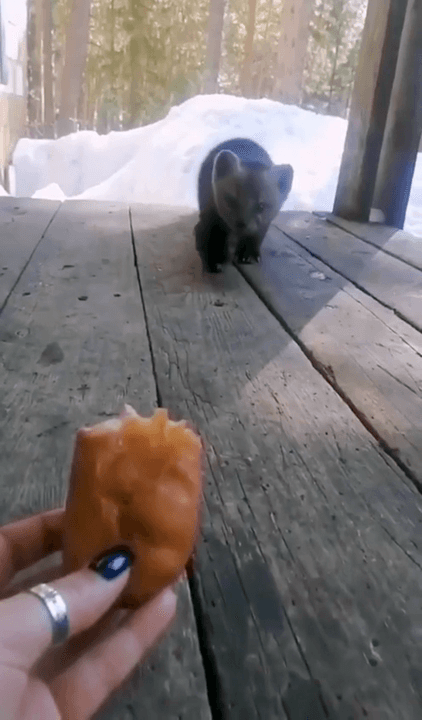
Post: 6 January 18:02

Post: 16 August 07:41
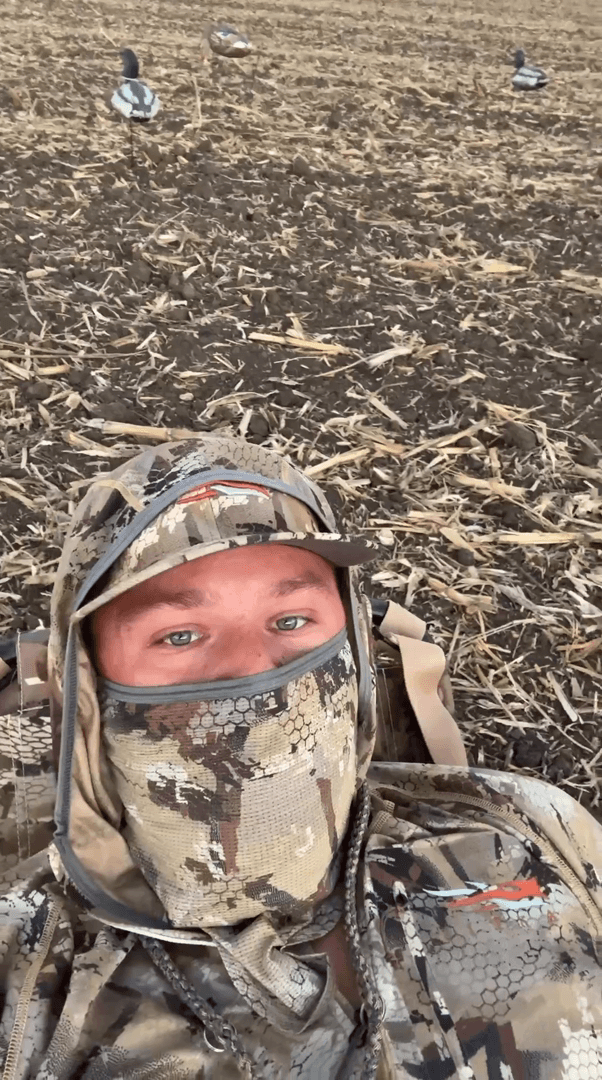
Post: 15 October 09:47

Post: 8 December 15:42
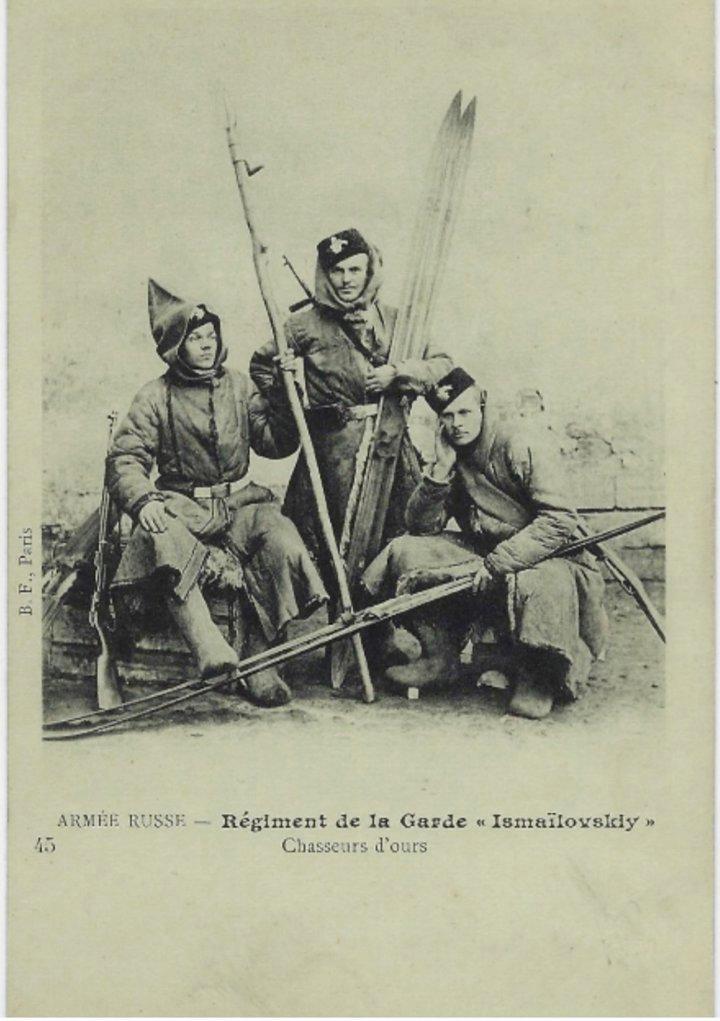
Post: 22 October 22:42

Post: 21 October 00:27

Post: 20 October 10:24

Post: 10 July 16:28

Post: 25 August 08:16

Post: 22 July 11:48

Post: 8 July 09:29

Post: 5 June 17:37

Post: 26 May 19:21
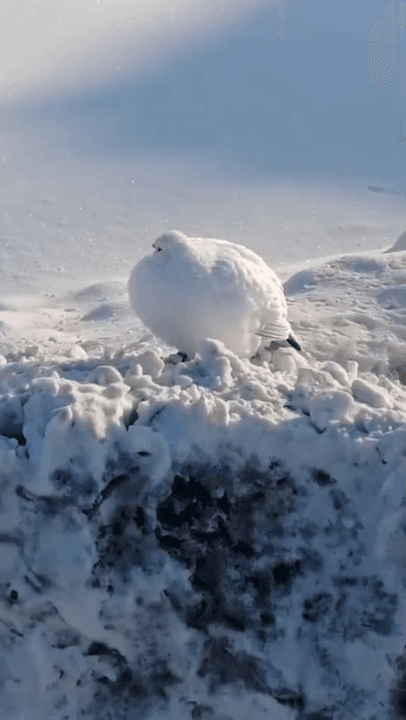
Post: 4 January 20:29

Post: 16 December 10:00

Post: 16 October 09:32

Post: 27 August 17:48

Post: 27 June 09:13

Post: 18 October 01:15

Post: 14 October 15:26

Post: 19 August 13:58

Post: 16 October 17:07
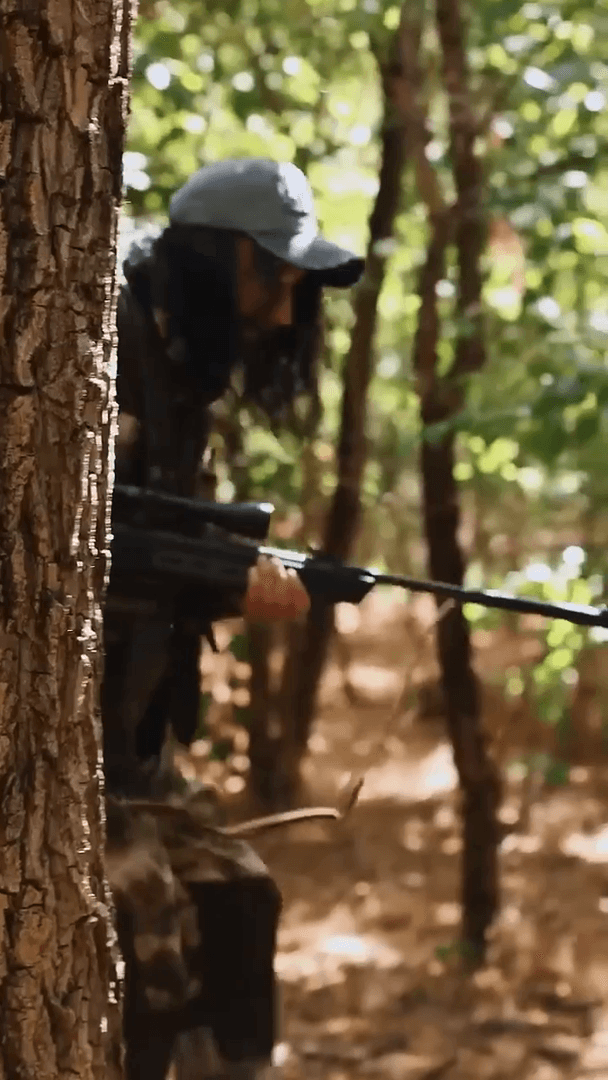
Post: 10 February 15:02

Post: 25 August 10:15

Post: 2 July 07:09

Post: 12 June 06:41

Post: 10 February 09:05

Post: 27 January 10:41
Post: 26 September 15:36

Post: 6 July 22:06

Post: 20 May 15:58
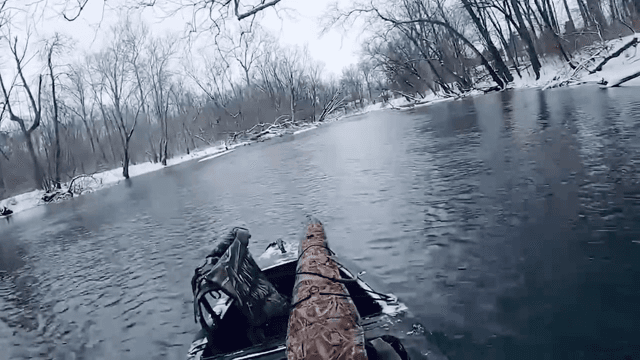
Post: 13 January 13:55

Post: 9 January 23:17

Post: 26 September 05:44

Post: 25 September 19:59

Post: 17 September 08:58

Post: 3 September 13:37

Post: 2 September 14:41

Post: 8 August 21:22

Post: 1 August 15:14

Post: 15 June 06:50